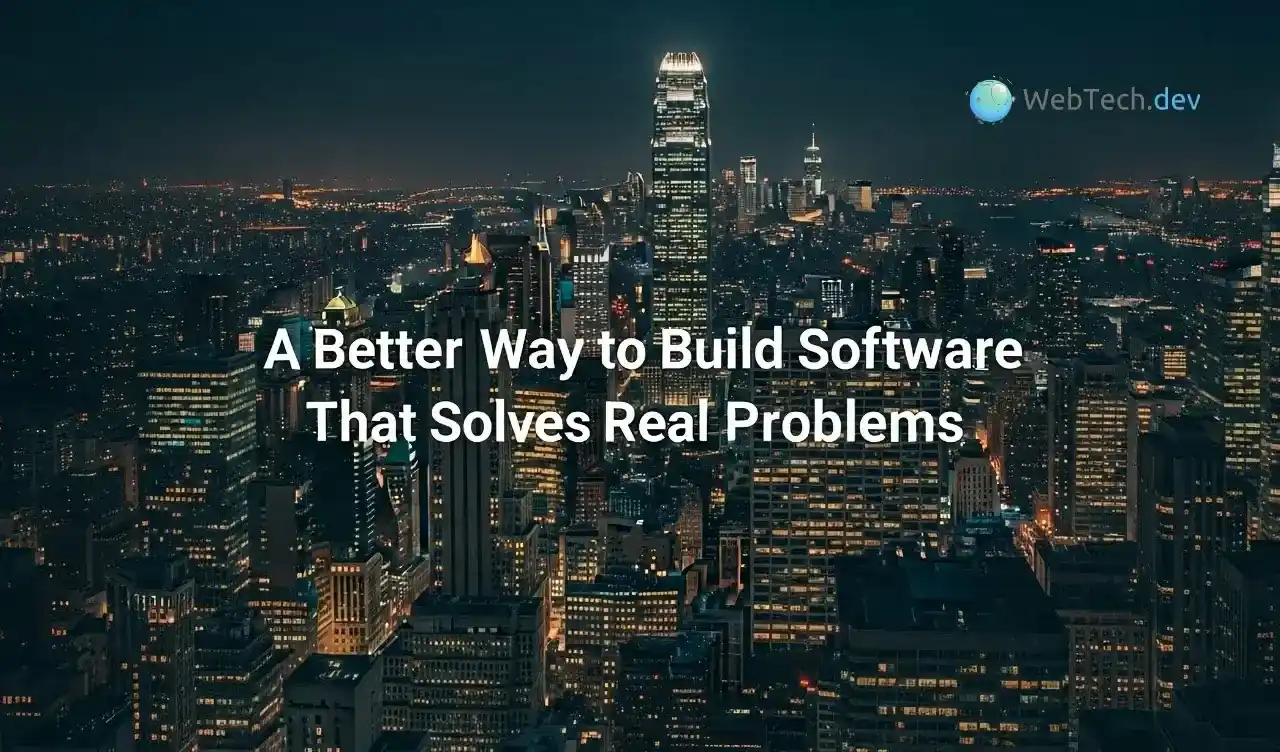In an era where cyber threats are increasingly sophisticated and pervasive, ensuring robust cybersecurity practices throughout the software development lifecycle is more critical than ever. For UK companies, navigating the complex landscape of cybersecurity while developing software is essential for protecting sensitive data, maintaining trust, and ensuring compliance with regulations. Here’s a comprehensive guide on how to integrate cybersecurity into your software development process and best practices for safeguarding your applications.
1. Understand the Threat Landscape
Before delving into specific practices, it's important to understand the cybersecurity threats facing software development. Common threats include:
- Malware: Malicious software designed to harm or exploit systems.
- Phishing: Attempts to deceive users into revealing sensitive information.
- SQL Injection: Exploiting vulnerabilities in database queries to gain unauthorized access.
- Cross-Site Scripting (XSS): Injecting malicious scripts into web applications.
Being aware of these threats helps in designing and implementing effective security measures.
2. Incorporate Security from the Start
Security should be an integral part of the software development process, not an afterthought. This approach, often referred to as "security by design," involves integrating security considerations into every stage of development:
- Requirements Gathering: Identify and document security requirements alongside functional requirements. This includes understanding data sensitivity and regulatory requirements.
- Design Phase: Incorporate security principles such as least privilege, defense in depth, and secure communication. Use threat modeling to identify potential vulnerabilities early in the design.
3. Follow Secure Coding Practices
Adhering to secure coding standards helps prevent common vulnerabilities. Best practices include:
- Input Validation: Validate all user inputs to prevent injection attacks and other malicious input.
- Output Encoding: Ensure that data output is properly encoded to prevent XSS attacks.
- Authentication and Authorization: Implement strong authentication mechanisms and ensure proper authorization checks are in place.
- Error Handling: Avoid exposing sensitive information in error messages. Provide generic error responses and log detailed errors securely.
4. Conduct Regular Security Testing
Security testing helps identify vulnerabilities and weaknesses in your software. Incorporate the following testing methods:
- Static Analysis: Use static code analysis tools to detect vulnerabilities and coding issues early in the development process.
- Dynamic Analysis: Perform dynamic analysis to test the application’s behavior during runtime. This includes penetration testing to simulate real-world attacks.
- Dependency Scanning: Regularly scan third-party libraries and dependencies for known vulnerabilities.
5. Implement Secure Development Frameworks and Libraries
Utilize development frameworks and libraries that adhere to security best practices. Many modern frameworks come with built-in security features and follow secure coding guidelines. Ensure that you keep these frameworks and libraries updated to mitigate vulnerabilities.
6. Manage and Secure Software Development Environments
Securing your development environments is crucial. Best practices include:
- Access Controls: Restrict access to development environments and source code repositories based on roles and responsibilities.
- Secure Communication: Use encryption for communication between development tools and environments.
- Regular Updates: Keep development tools, IDEs, and libraries updated to protect against known vulnerabilities.
7. Ensure Compliance with Regulations
In the UK, companies must adhere to various regulations and standards, including:
- General Data Protection Regulation (GDPR): Requires the protection of personal data and privacy.
- Network and Information Systems (NIS) Directive: Mandates security measures for critical infrastructure.
- Cyber Essentials: A UK government-backed scheme that sets out basic security measures.
Ensure that your software development practices comply with these regulations and standards to avoid legal and financial repercussions.
8. Promote Security Awareness and Training
Regular training and awareness programs for your development team are essential for maintaining a security-conscious culture. Provide training on secure coding practices, emerging threats, and incident response procedures.
9. Implement a Robust Incident Response Plan
An effective incident response plan ensures that you can quickly address and mitigate security breaches. This plan should include:
- Detection: Mechanisms for detecting and reporting security incidents.
- Response: Procedures for responding to incidents, including containment, eradication, and recovery.
- Communication: Guidelines for communicating with stakeholders and regulatory bodies.
10. Continuous Monitoring and Improvement
Cybersecurity is an ongoing process. Continuously monitor your applications for vulnerabilities and security incidents. Regularly review and update your security practices and protocols based on the latest threats and industry best practices.





